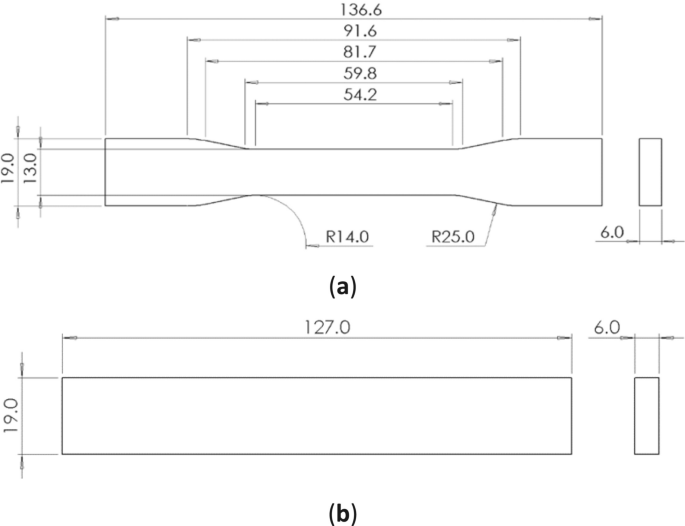Experimental Investigation of Mechanical Properties of Additively Manufactured Fibre-Reinforced Composite Structures for Robotic Applications
Abstract
This study explores the variation in mechanical properties of additively manufactured composite structures for robotic applications with different infill densities and layer heights using fused deposition modelling (FDM). Glass fibre-reinforced polyamide (GFRP), and carbon fibre-reinforced polyamide (CFRP) filaments are used, and the specimens are printed with 20%, 40%, 60% and 100% infill density lattice structures for tensile and three-point bending tests. These printed samples are examined in the microscope to gain more understanding of the microstructure of the printed composites. To characterise the mechanical properties, a set of tensile and three-point bend tests are conducted on the manufactured composite samples. Test results indicate the variations in tensile strength and Young’s modulus of specimens based on the printing parameters and reveal the tensile and bending behaviour of those printed composite structures against varying infill ratios and reinforcing fibres. The experimental findings are also compared to analytical and empirical modelling approaches. Finally, based on the results, the applications of the additively manufactured structure to the robotic components are presented.


 求助内容:
求助内容: 应助结果提醒方式:
应助结果提醒方式:


